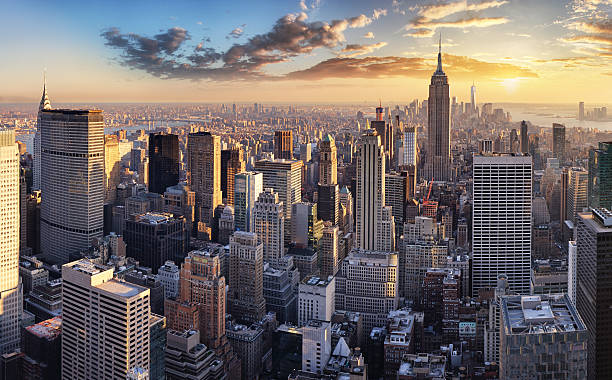
Have you ever heard the term “first world country”? It’s a classification that has been used for decades to describe nations that are highly developed, economically prosperous, and offer a high standard of living to their citizens. These countries are known for their advanced economies, technological advancements, and stable political systems.
In this article, we’ll explore what exactly makes a country a “first world country,” why it’s called that, and take a look at a list of countries that fall into this category. So, let’s dive in and discover the fascinating world of first world countries together!
What is a First World Country?
A “first world country” is a term that originated during the Cold War era to categorize countries based on their political, economic, and social systems. Initially, it referred to countries aligned with the United States and other Western capitalist democracies. Over time, the term evolved to represent developed and industrialized nations characterized by advanced economies, technological advancements, high standards of living, and strong infrastructure.
Why is it called a First World Country?
The term “first world country” is derived from the division of the world into three categories during the Cold War. The “first world” represented countries that aligned with the United States and its allies, which were mostly capitalist democracies. These nations were considered to be at the forefront of development and prosperity, with stable political systems and advanced economies. The term was used to distinguish these countries from the “second world” (countries aligned with the Soviet Union) and the “third world” (developing countries).
Features of First World Countries
First world countries share several common features that set them apart from developing nations. Some key characteristics include:
- Advanced Economy: First world countries have highly developed and diverse economies, typically driven by sectors such as technology, finance, manufacturing, and services. They possess a high gross domestic product (GDP) per capita and enjoy stable economic growth.
- Technological Advancements: These nations are leaders in technological innovation and research, with advanced infrastructure, cutting-edge industries, and a strong focus on scientific advancements.
- High Standards of Living: First world countries provide their citizens with a high quality of life, offering access to quality healthcare, education, housing, and social services. They generally have well-developed social welfare systems and a high standard of public infrastructure.
- Political Stability: These countries are characterized by stable political systems, often based on democratic principles, with strong governance, rule of law, and protection of human rights.
- Low Poverty and Inequality: First world countries tend to have low poverty rates and relatively low levels of income inequality. They prioritize social welfare and implement policies aimed at reducing poverty and improving social equality.
- Strong Infrastructure: These nations have well-developed infrastructure, including transportation networks, communication systems, and public facilities. They invest in the maintenance and improvement of their infrastructure to support economic growth and enhance the quality of life for their citizens.
List of First World Countries
Here is a list of first world countries:
- United States
- Canada
- United Kingdom
- Germany
- France
- Japan
- Australia
- Italy
- Netherlands
- Sweden
- Switzerland
- Norway
- Belgium
- Denmark
- Austria
- Finland
- Singapore
- New Zealand
- South Korea
- Ireland
- Luxembourg
- Iceland
- Spain
- Israel
- Portugal
- Greece
- Czech Republic
- Malta
- Estonia
- Slovenia
- Cyprus
- Lithuania
- Latvia
- Andorra
- San Marino
- Monaco
- Liechtenstein
- Qatar
- Brunei
- Bahrain




